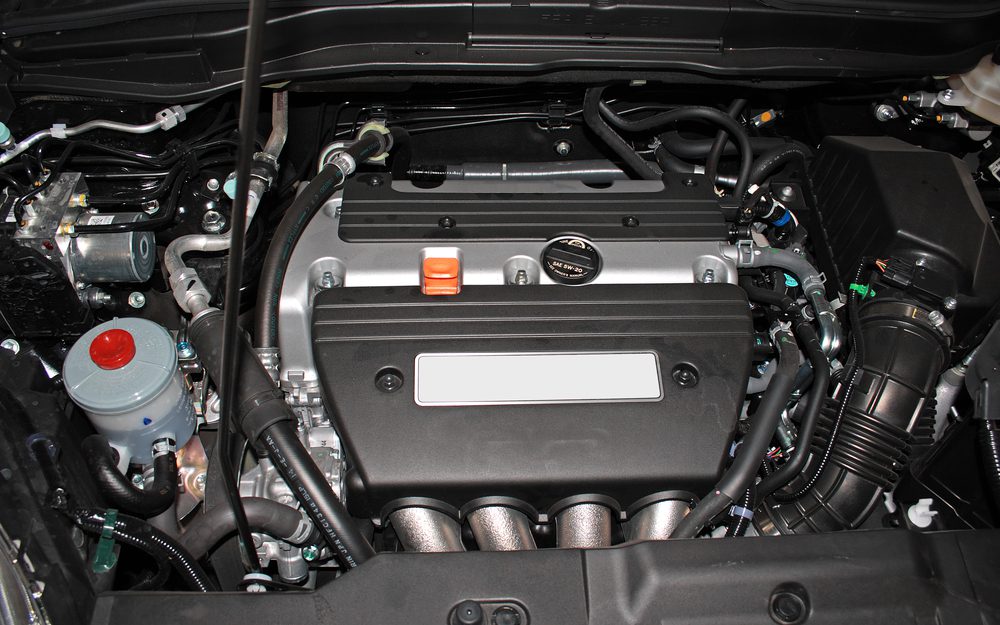Body Control Module Mini: Enhancing Vehicle Control and Safety
Introduction
The Body Control Module (BCM) in a Mini vehicle serves as the centralized control system responsible for managing numerous electronic functions within the car. It acts as a communication hub, connecting various subsystems and ensuring seamless coordination between them. The BCM plays a crucial role in enhancing vehicle control and safety, making it an indispensable component of modern automotive technology.
Centralized Control and Communication
The BCM acts as the brain of the vehicle, integrating and coordinating the different electronic systems present in the car. From managing the lighting and wiper functions to controlling the power windows and central locking system, the BCM consolidates these tasks under one unit. By centralizing control, the BCM simplifies operation and reduces the complexity of wiring harnesses in the vehicle.
With the increasing number of electronic systems in modern vehicles, effective communication between these systems is essential. The BCM facilitates this communication, enabling different subsystems to exchange information and respond accordingly. For instance, if a fault occurs in the lighting system, the BCM can immediately react by alerting the driver through the instrument cluster and activating necessary safety measures.
Enhanced Vehicle Control
By consolidating control functions, the BCM brings about improvements in overall vehicle control. The integration of various systems enables more efficient management of features such as traction control, stability control, and braking systems. Through continuous communication with other modules, the BCM ensures that these safety systems work harmoniously, enhancing the overall driving experience.
With the BCM’s ability to monitor and control critical systems, it can detect anomalies or potential malfunctions promptly. This allows for quick diagnosis and troubleshooting, minimizing the risk of unexpected system failure while on the road. The BCM can also provide real-time feedback to the driver, alerting them to issues such as low tire pressure or a faulty brake light, contributing to safer driving practices.
Improved Safety Features
The BCM plays a vital role in the implementation of advanced safety features in Mini vehicles. It enables functionalities such as automatic door locking above a certain speed, ensuring that doors remain securely locked during travel. Additionally, the BCM facilitates the integration of collision warning systems and adaptive headlights, enhancing driver awareness and response to potential hazards on the road.
Through its connection with the vehicle’s airbag control module, the BCM acts as a key component in the deployment of airbags during a collision. By receiving data from various sensors throughout the car, the BCM can determine the severity and location of impact, triggering the appropriate airbags to minimize injury to occupants. This seamless coordination further emphasizes the importance of the BCM in ensuring vehicle safety.
Innovations in BCM Technology
As automotive technology continues to advance, so does the functionality of the BCM. Manufacturers are incorporating more sophisticated capabilities within these modules to meet the ever-increasing demands for enhanced vehicle control and safety.
One notable development is the integration of CAN (Controller Area Network) communication protocols in BCMs. CAN allows for faster and more reliable communication between different electronic components of the vehicle, improving response times and overall performance. This advancement contributes to a more efficient and seamless operation of various vehicle functions.
Furthermore, advancements in software and hardware technologies have made it possible for BCMs to be reprogrammable. This flexibility enables automakers to update and improve the functionality of the BCM over time, allowing for the implementation of new features and bug fixes without requiring physical replacement of the module.
Conclusion
In conclusion, the Body Control Module (BCM) in Mini vehicles plays a crucial role in enhancing vehicle control and safety. By centralizing control functions and facilitating communication between various subsystems, the BCM simplifies operation and improves the efficiency of electronic systems. Through its ability to monitor critical functions and coordinate safety features, the BCM contributes to safer driving practices and minimizes the risk of unexpected system failures. As automotive technology progresses, continued advancements in BCM capabilities promise to further enhance vehicle control and safety in the future.



